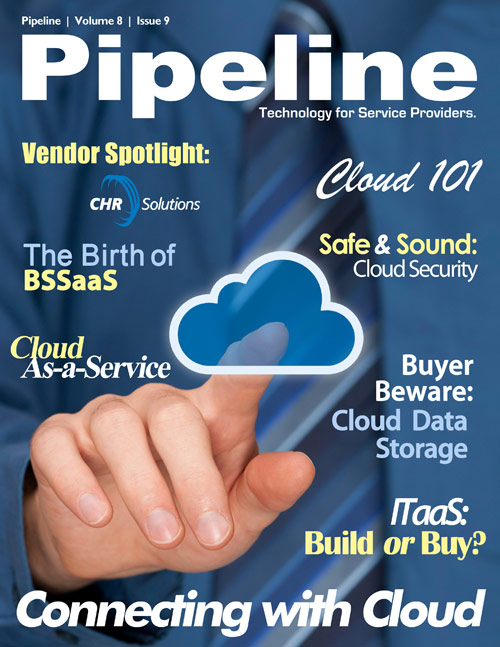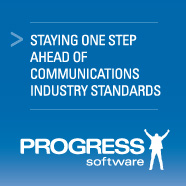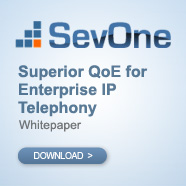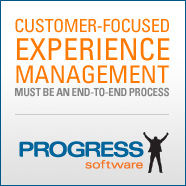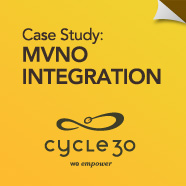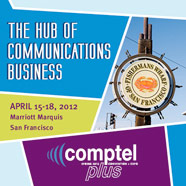Although there might be marketing forces who say otherwise, not all processes require a private cloud. You can see in figure 2 below, that enterprise customers value the highly secure and configurable private cloud for processes like CRM and accounting, but see the public cloud as sufficient for office applications, sales force automation, and human resources. From this data, one could construct a hybrid cloud offering that placed the aforementioned processes in the desired public or private domains to achieve cost-savings as well as meet customer needs in a balanced fashion.

Clouds of the Future
Outlining the main types of clouds and their delivery methods by no means creates an exhaustive list, and there are several offerings that fall outside of our taxonomy yet still fall squarely on the cloud continuum, and certainly others yet to be imagined.
Communications as a Service (CaaS) is one such example, where cloud computing and unified communications are joined to create a single bill solution that encompasses both IT and Communications traditionally. Testing as a Service (TaaS) offerings from HP, AppLabs and others allow customers to rapidly test new environments, applications, or services without incurring the costs associated with traditional methods of testing.
A variety of other computing processes can be imagined that would enable customers to use little more than a $100 monitor and a $100 thin-blade client to accomplish everything from advanced video rendering to large-scale distributed database management. Truly, the sky is the limit, and when we imagine the advances that will come from multiple clouds interacting, we see why some experts consider this wave of technology the biggest tsunami since the advent of the internet itself, and this is just the beginning.
